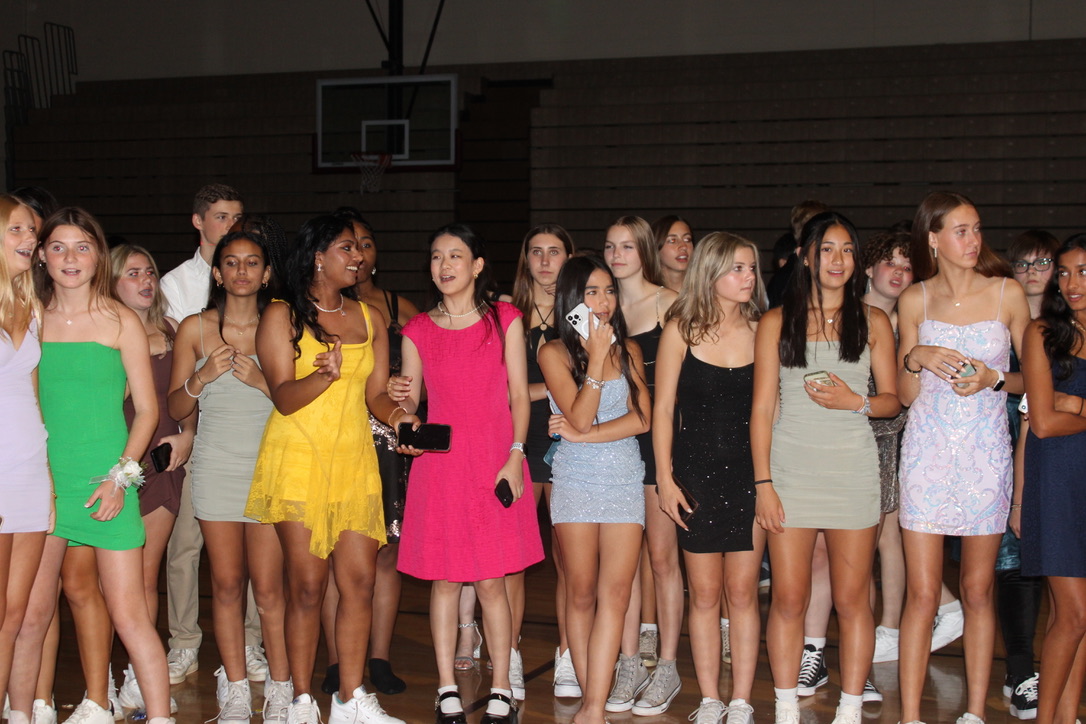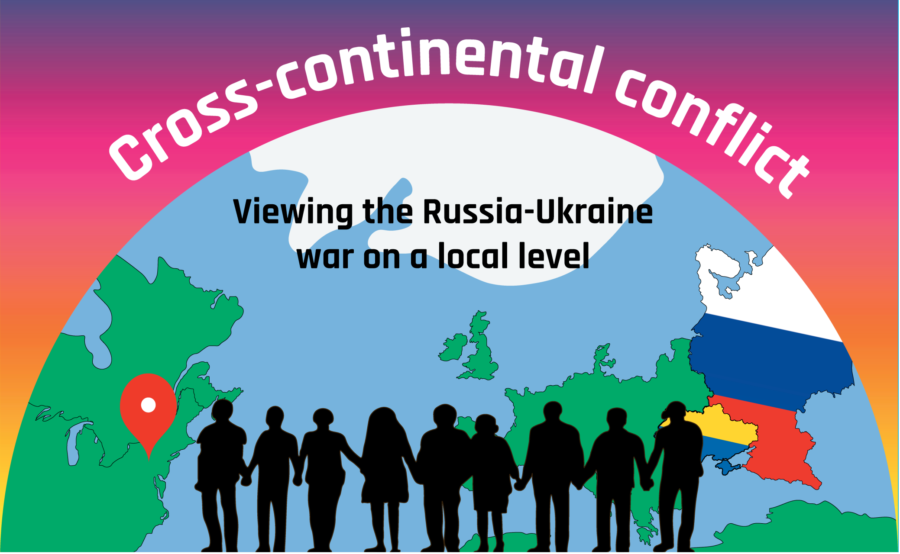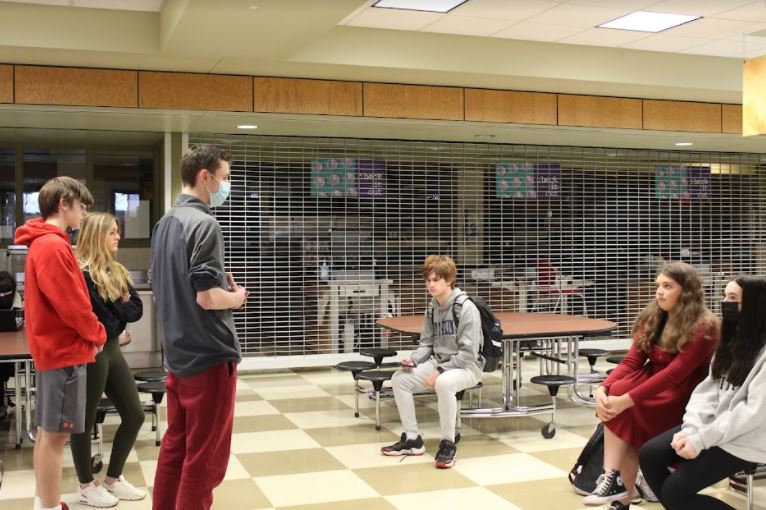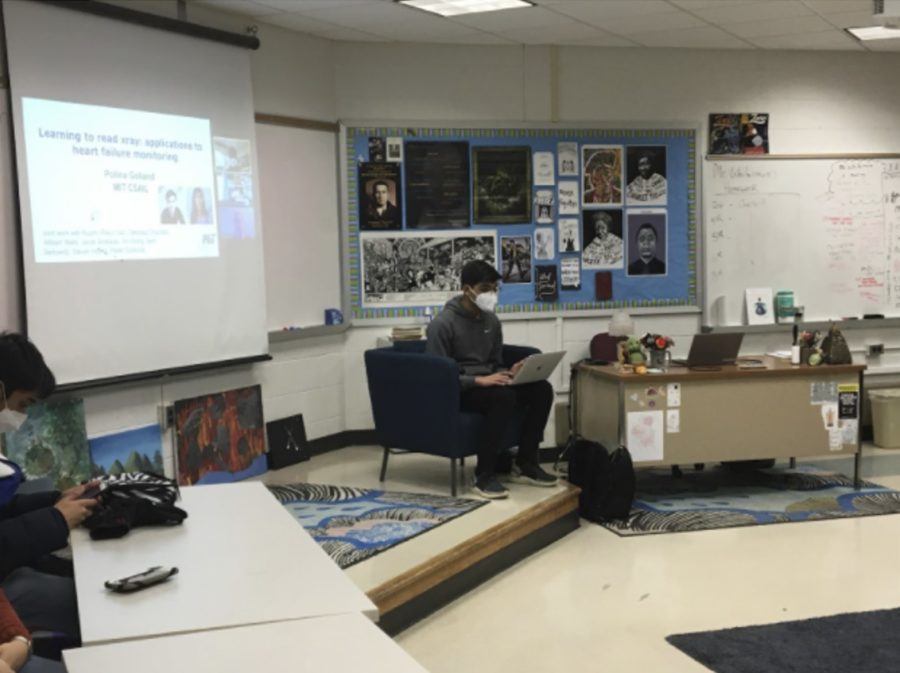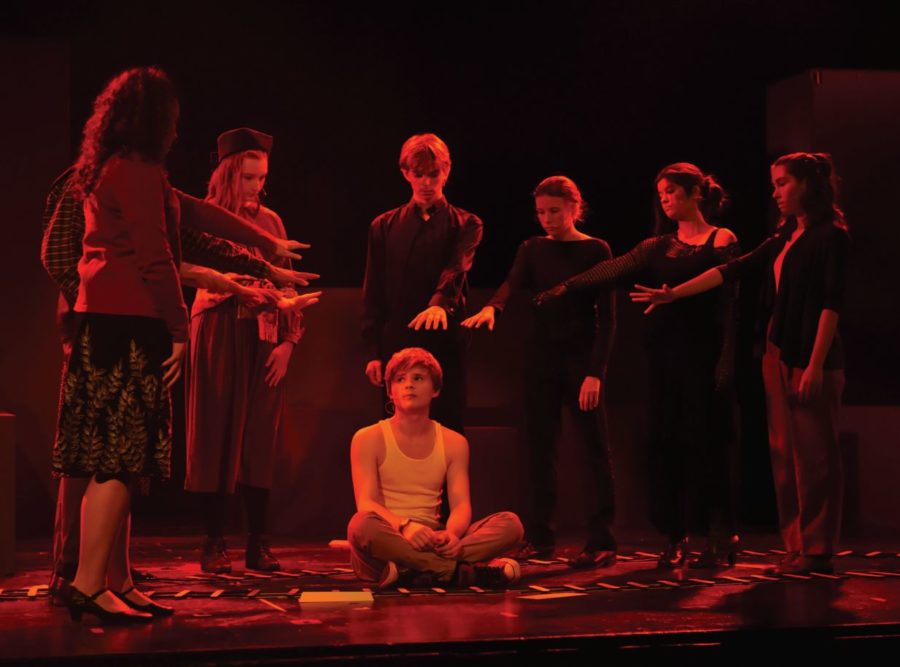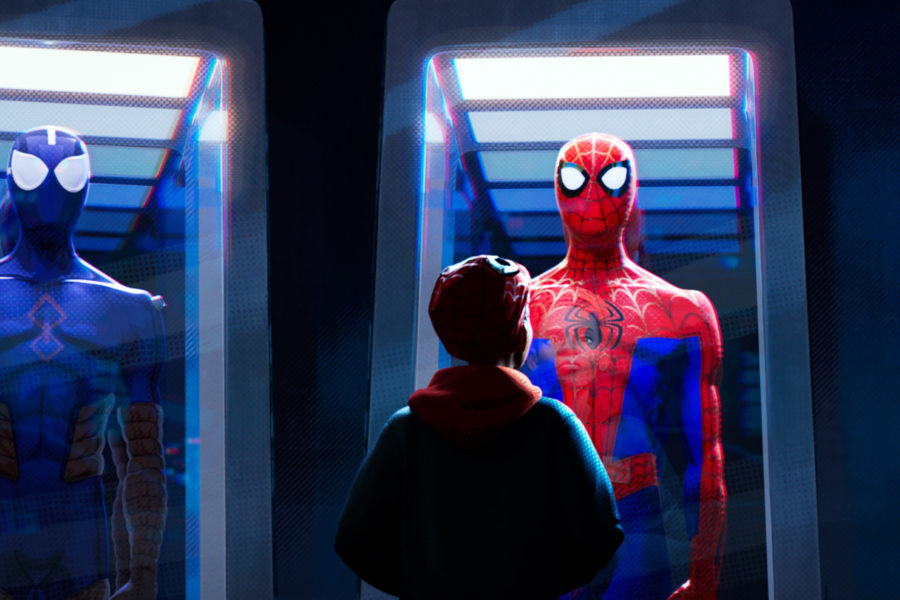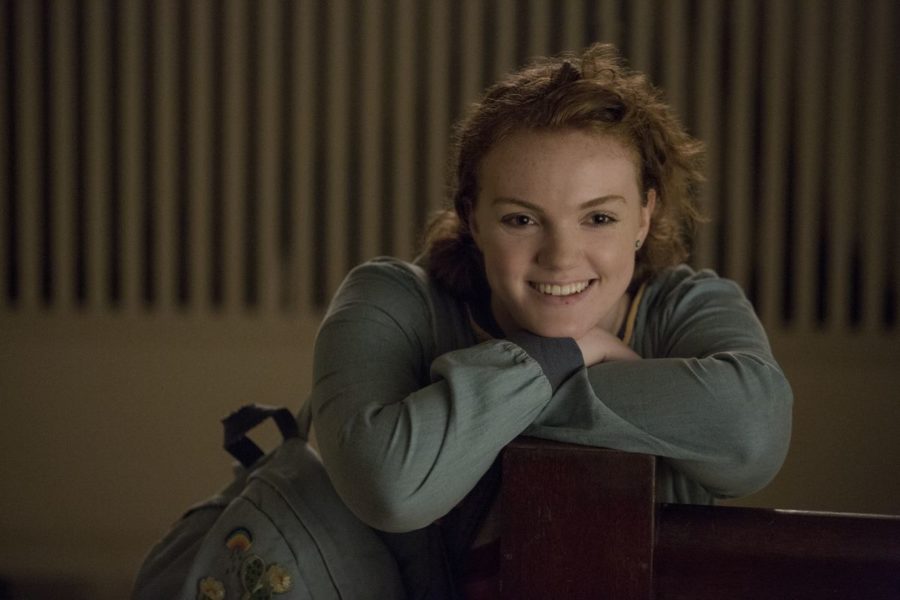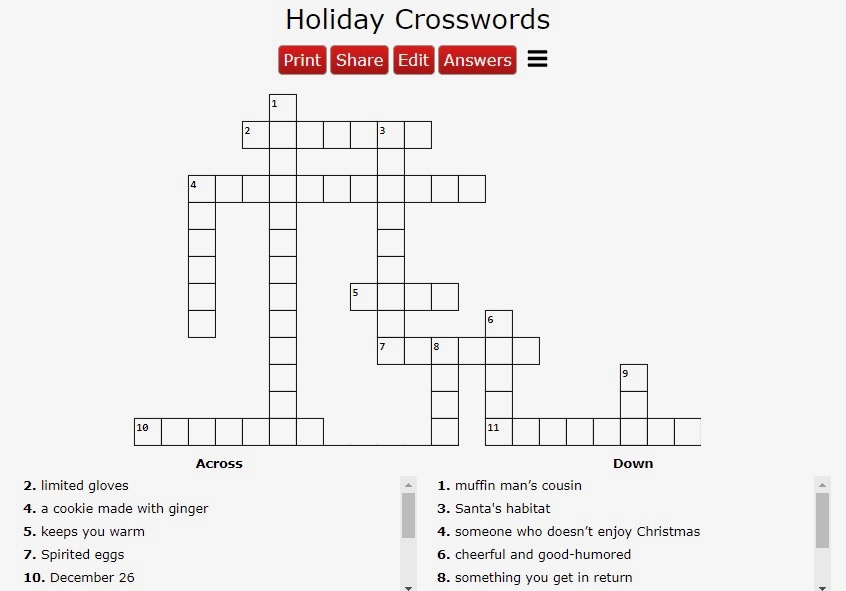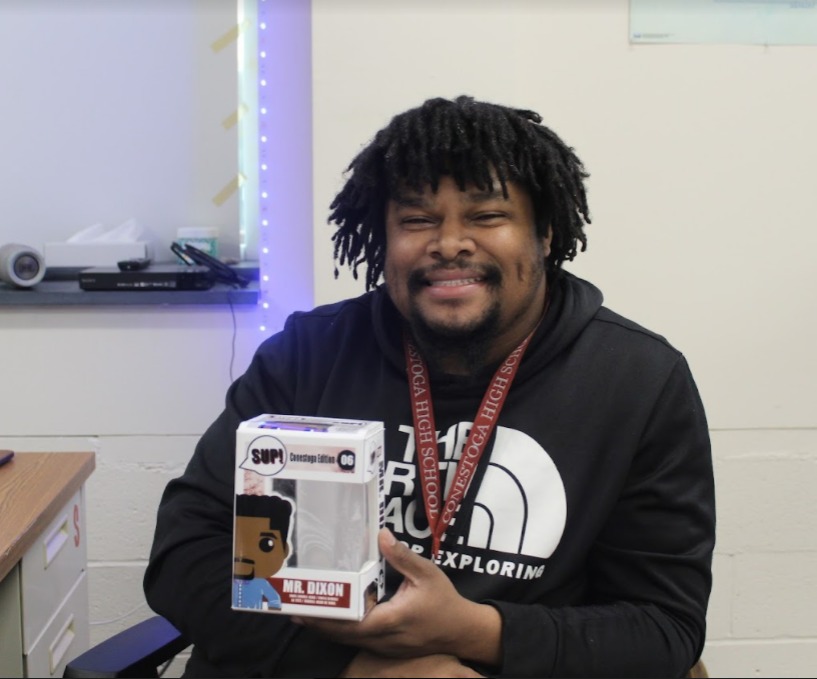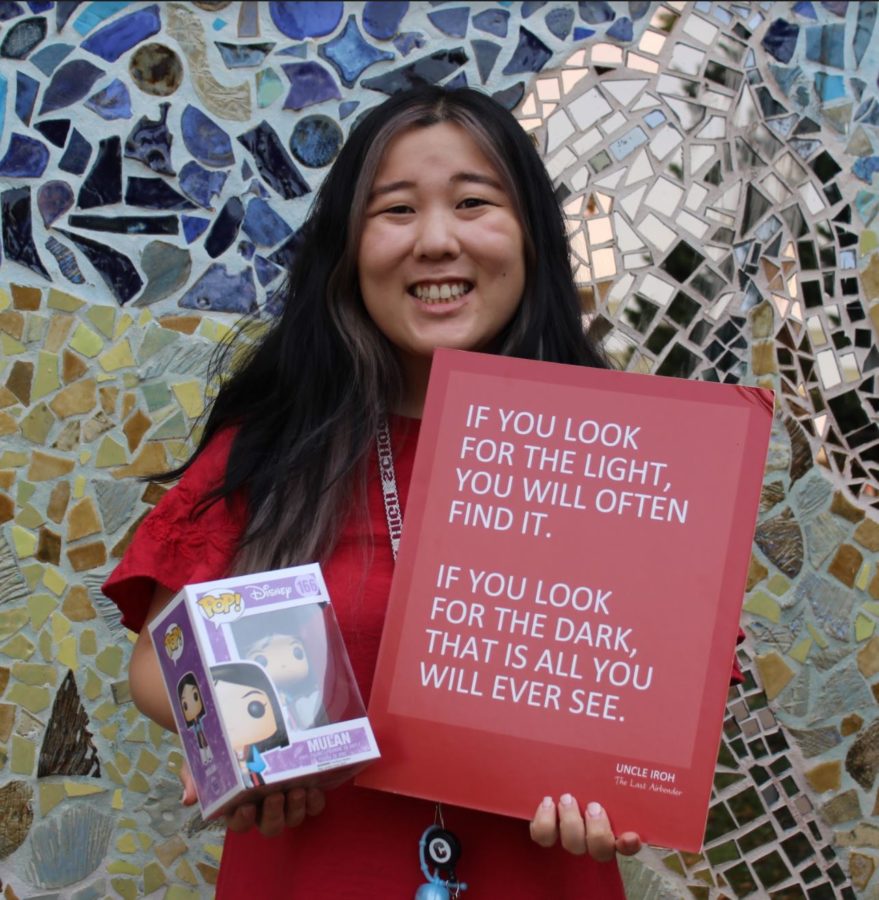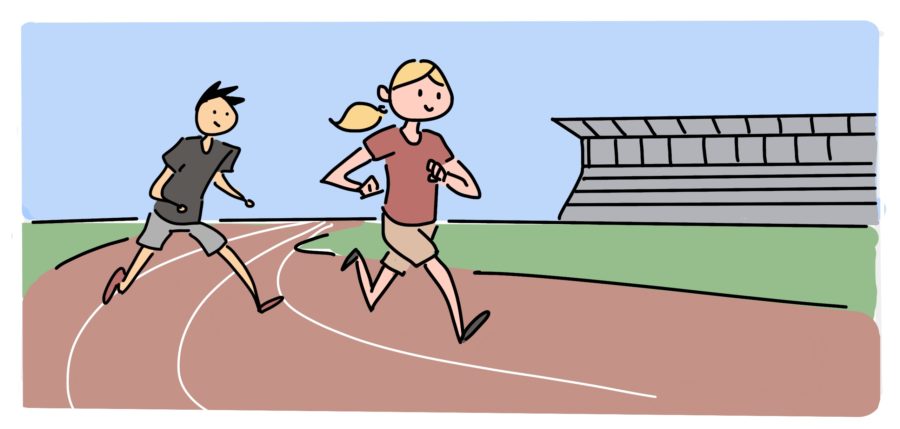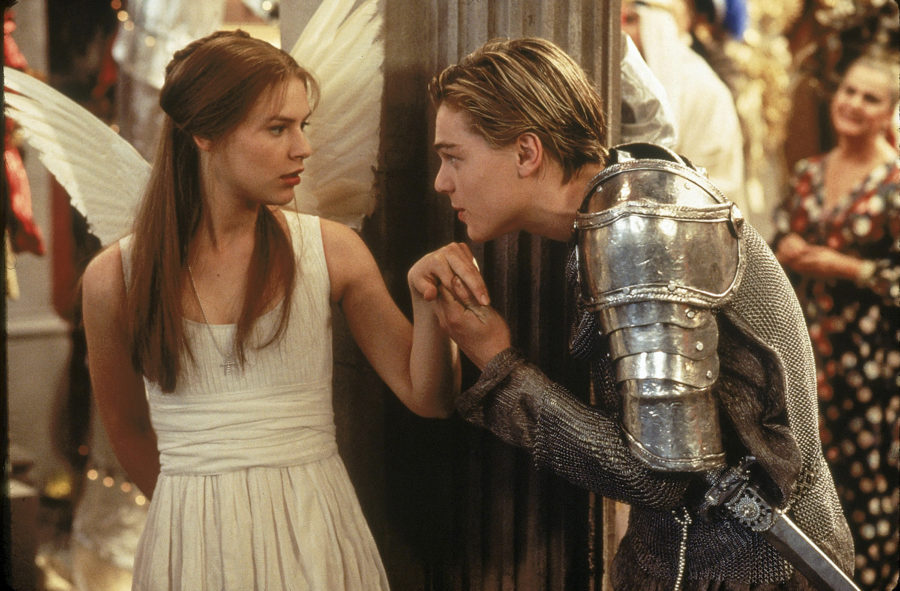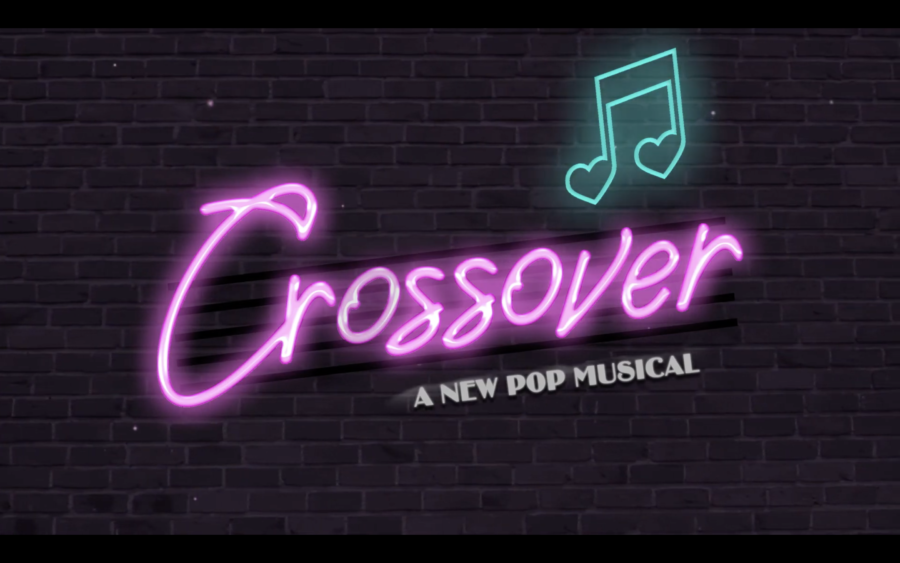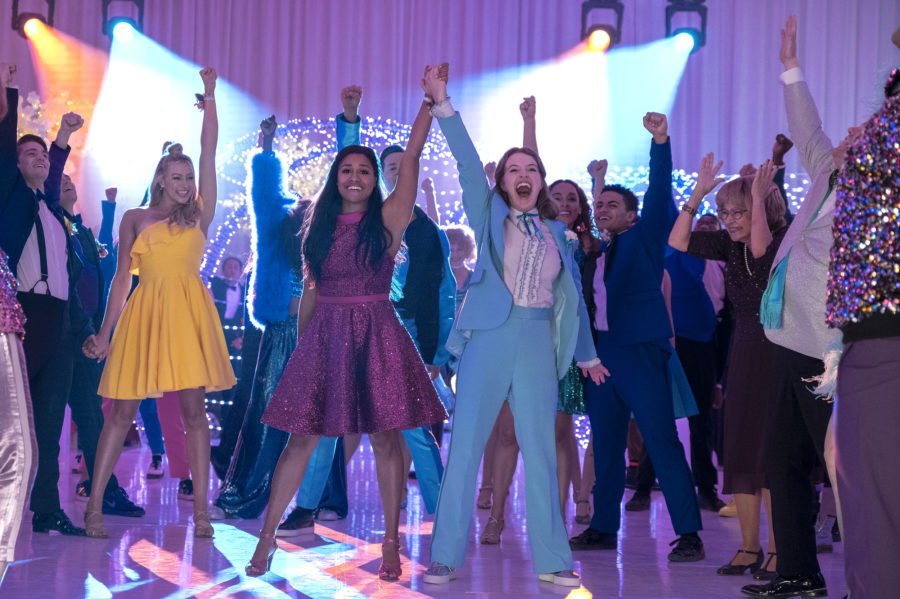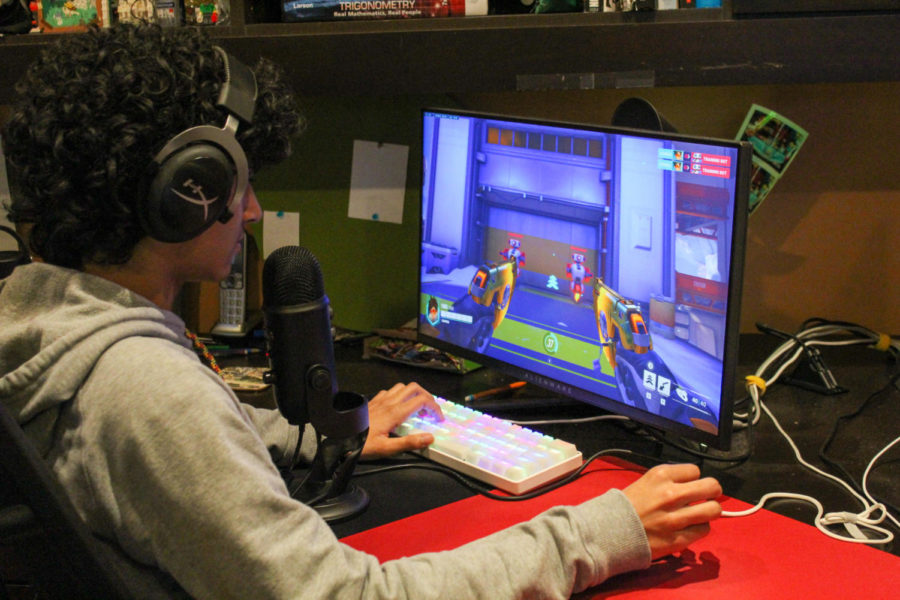By Marko Djurdjevic, Staff Reporter
Videogames have been a huge source of entertainment in our society over the last 30 to 40 years. From Super Mario to Call of Duty, we as a society have spent countless hours shooting bad guys and saving Princess Peach from Bowser. However, what many people may not realize is that videogames are also a fantastic medium for storytelling. Unlike traditional mediums, such as books and films, the player of a videogame does not read or watch it, but rather experiences that game and its world by taking the role of the protagonist. A player does not simply follow the protagonist’s story, but takes control, and in some games, makes decisions that decide the fate of the protagonist, other characters, and the world itself. Let’s take a look at some of the best examples of storytelling videogames. There will be spoilers in these examples.
Spec Ops: The Line tells the story of Captain Martin Walker as he leads a three man team called Delta Force into a Dubai recently destroyed by a catastrophic sandstorm to rescue survivors. After finding American soldiers seemingly terrorizing the remaining civilian population of the city, Delta Force engages them. Delta Force eventually stumbles onto a base full of these soldiers equipped with heavily armored vehicles. After the team notices a mortar equipped with white phosphorous, an extremely dangerous chemical compound, Walker is given the choice of taking the base without using the mortar, which is nigh impossible, or to utilize the mortar, knowing its catastrophic effects. After Delta Force uses the mortar to clear out the base, Walker and his team walk through the devastation, hearing soldiers wail and cry as their skin melts away, begging for mercy or to be shot the end the pain, crawling in agony. Delta Force then comes to the end of the base to see a terrible sight: An entire street filled with civilians devastated by the white phosphorous. Men, women, and children all lie in terrible positions with holes melted through their bodies. Delta Force is devastated by their own actions and argue about what they’d done as Walker leans against the wall to take it in. It is at this moment the you, the player, realize that it was not walker who had done this to these innocent people. It was you. You are why these people are dead and you should feel guilty for it. You can only help but feel that maybe if you had made a different choice, this could have been avoided, yet you must push on and continue the mission. This sequence immerses the player more than any film or book could as it emphasizes the player’s role in what occurs and makes them morally and emotionally invested in the events.
The Witcher 3: The Wild Huntis another game with an immense and deep story that, unlike Spec Ops: The Line, gives players the opportunity to make decisions that impact the game in the short term and the long term with lasting effects that could influence how the story ends. The game tells the story of the witcher Geralt of Rivia, who is essentially a monster slayer for hire, as he searches for his adoptive daughter Ciri, an extremely powerful warrior with blood holding enormous power. Throughout the game, the player makes decisions, normally through dialogue, on what actions to take. The player can choose to accompany Ciri when she addresses a political cabal or to leave her to do it on her own, trusting in her abilities. The player can choose to accompany Ciri to bury a friend of hers who had helped her escape her enemies or tell Ciri that there is not enough time and they need to move on. The player can decide whether to incite and help Ciri to destroy the laboratory of a man who had been helping Ciri only to have opportunity to study her power or to simply leave. These decisions, along with many other, effect Ciri’s fate when she goes into her final battle. Will she live or will she die? If she lives, will she become a witcher like Geralt or choose another path entirely? Unlike in a book or a film, the ultimate fate of this character, who you have bonded with throughout the game, is decided by the your actions. This way, the story can end in a way that you deem the correct ending. If you want, you can play the game again or load an earlier save file to make different decisions, adding to the game’s replayability. By allowing the player to craft the story to their liking, the game makes players feel like the story is their own, different from those of other players, leading to discussions and debates between players on the reasons for choosing different options.
The Last Guardian: Completely unlike the other two games, The Last Guardian provides a completely different style of storytelling. It focuses on the bond between a young boy covered in strange markings and a T-rex sized cat-like creature with a beak, horns, and webbed feet called Trico. The game starts with the boy waking up in a strange cave next to a shackled Trico. After they get over their initial distrust of each other, the boy frees Trico and they begin traveling together, aiming to reach the top of the valley they are trapped in. The game excels in emphasizing the dependency of the two characters on one another. Trico depends on the boy to provide him with food hidden in small and hard to reach places. He also needs the boy to figure out puzzles and find a route up the valley and remove spears from his body. At the same time, the boy depends on Trico’s jumping abilities to climb the mountain as he rides on Trico’s back. He also needs Trico to fight off magical warriors clad in strange armor that attempt to take the boy away. These dependencies are emphasized during the portions of the game where Trico is injured and cannot climb or defend the boy or the boy must take a large detour to solve a puzzle, leaving Trico alone and vulnerable. You, as the player taking control of the boy, bond with Trico through your shared struggle.The developers took great care to give Trico the mind of an animal. When he is stabbed by a spear, he limps and whimpers. When trying to order him to jump onto a ledge, he is sometimes slow to respond. When covered in blood, he will find water to wash himself in. The game is designed to make you feel as though Trico is your pet, your loyal companion, and your friend. Every spear he takes is a spear you take to the heart as you watch your friend in pain. Your heart jumps when it seems Trico may fall or die as the buildings crumble around you and you both manage to survive by the skin of your teeth. These experiences allow the player to form personal bonds to Trico, heightening every single emotional moment in the game and causing dread as the game nears its end and the player has to say goodbye.
As good as videogames are at telling stories, as with every medium, not all stories are best told in videogames. Romeo and Juliet and Catcher in the Rye hardly have any aspects that could be turned into gameplay mechanics as would be appropriate in a game. They have many introspective sections to their stories and books provide the space and time necessary for their stories to play out. The Shawshank Redemption and Forrest Gump exist in film as nice and concise stories that would not be enhanced by adding gameplay elements.
At the same time, not all videogames tell good stories, just like not all movies are cinematic masterpieces and not all books are literary genius. But the videogames that do tell fantastic stories deserve to be just as recognized as any great film or book. It’s just a matter of society accepting them as just another medium for telling stories.
Marko Djurdjevic can be reached at [email protected].







